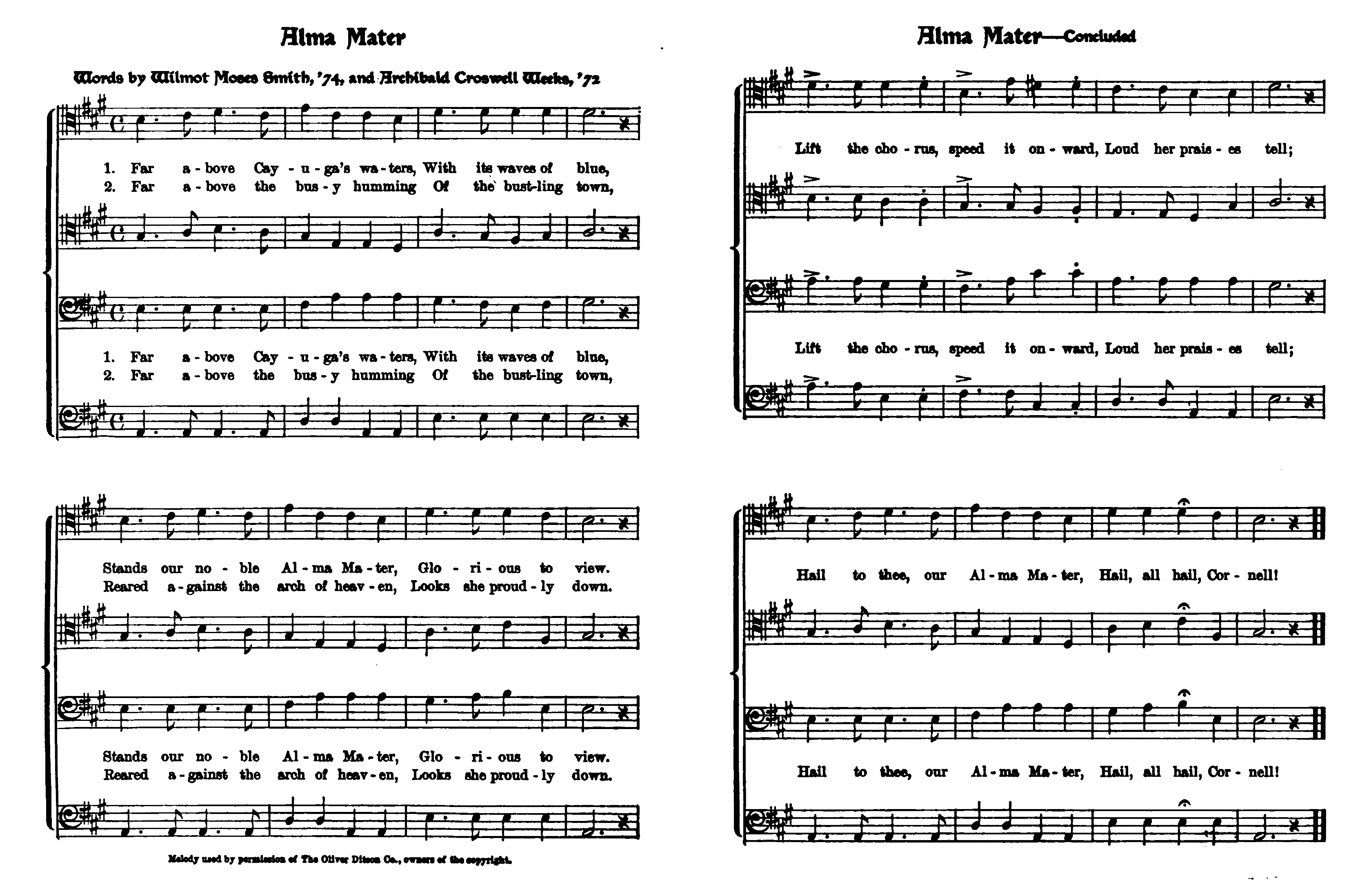TTBB on:
[Wikipedia]
[Google]
[Amazon]
 In musical choral notation, TTBB denotes a four-part lower-voice choir. Its configuration is
In musical choral notation, TTBB denotes a four-part lower-voice choir. Its configuration is
 In musical choral notation, TTBB denotes a four-part lower-voice choir. Its configuration is
In musical choral notation, TTBB denotes a four-part lower-voice choir. Its configuration is Tenor
A tenor is a type of classical male singing voice whose vocal range lies between the countertenor and baritone voice types. It is the highest male chest voice type. The tenor's vocal range extends up to C5. The low extreme for tenors is wide ...
1, Tenor 2, Bass 1 (Baritone
A baritone is a type of classical male singing voice whose vocal range lies between the bass and the tenor voice-types. The term originates from the Greek (), meaning "heavy sounding". Composers typically write music for this voice in the ...
), Bass 2.
The Tanunda Liedertafel employs this method of notation in their music.
Typically (but not always) the 1st Tenor part is the melody, with the other parts as harmony(s). In music for barbershop quartet
A barbershop quartet is a group of four singers who sing music in the barbershop style, characterized by four-part harmony without instrumental accompaniment, or a cappella. The four voices are: the lead, the vocal part which typically carries t ...
s, which use the TTBB arrangement almost exclusively, the 2nd Tenor is almost always the melody.
The way traditional German music notation is expressed with two staves:
T1 - treble clef 8va - up stem,
T2 - treble clef 8va - down stem,
B1 - bass clef - up stem,
B2 - bass clef - down stem.
This is usually classed as a 'closed score'.Or "close score", a score that condenses two or more parts into one staff
The above may not be true for some recently written (composed) music, however writers make it is easy to see which part sings their respective pitch. For example, T1 and B1 the highest pitch on each stave. Most of the time, this occurs where T1(B1) and T2(B3) are singing at the same time (in time and in unison).
Sometimes (rarely) the melody part (or lead) is sung as a solo, with the choir singing the harmony parts (support or backing vocals).
Note and references
Men's musical groups Voicing (music) Acronyms Choral music {{music-theory-stub